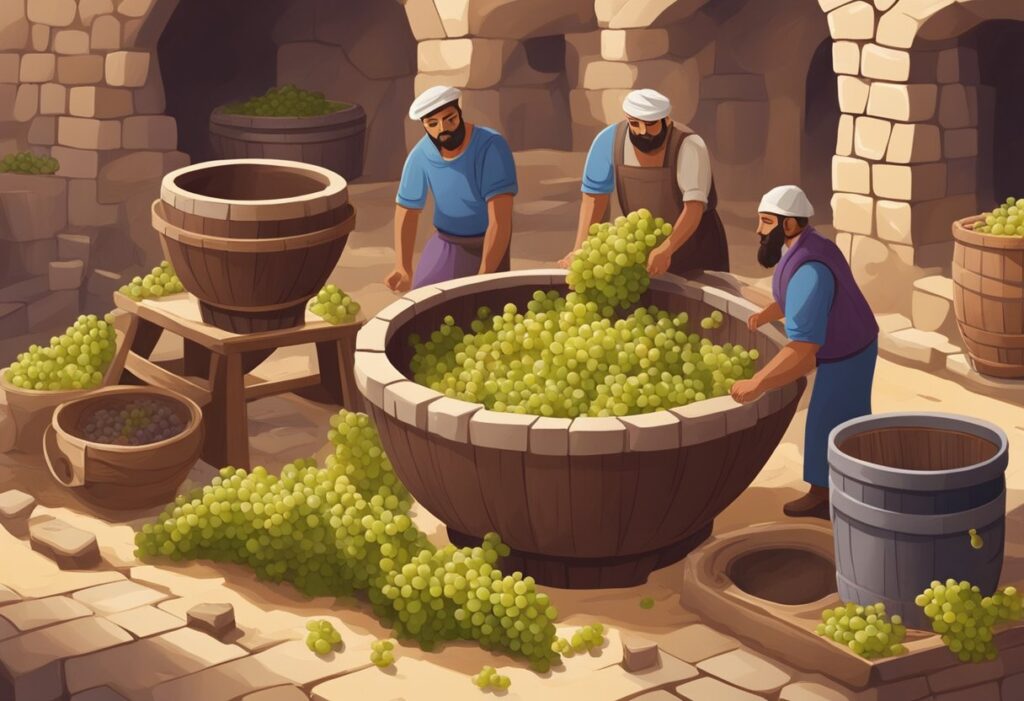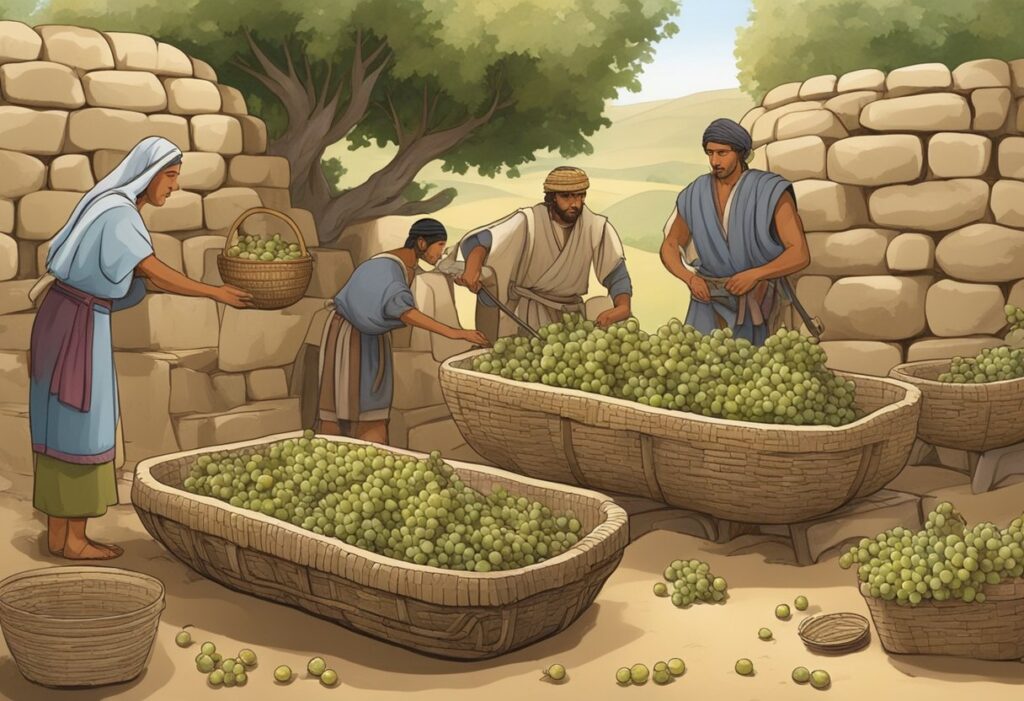Imagine living in medieval Europe, where the economy is largely agricultural, and the manor is the basic economic unit. Unlike today’s globalized market, trade was limited by geography and transportation options. The wine economy began to flourish due to strategic locations near rivers and seas. These waterways allowed for easier transportation, making it possible for wine produced in certain regions to reach broader markets.
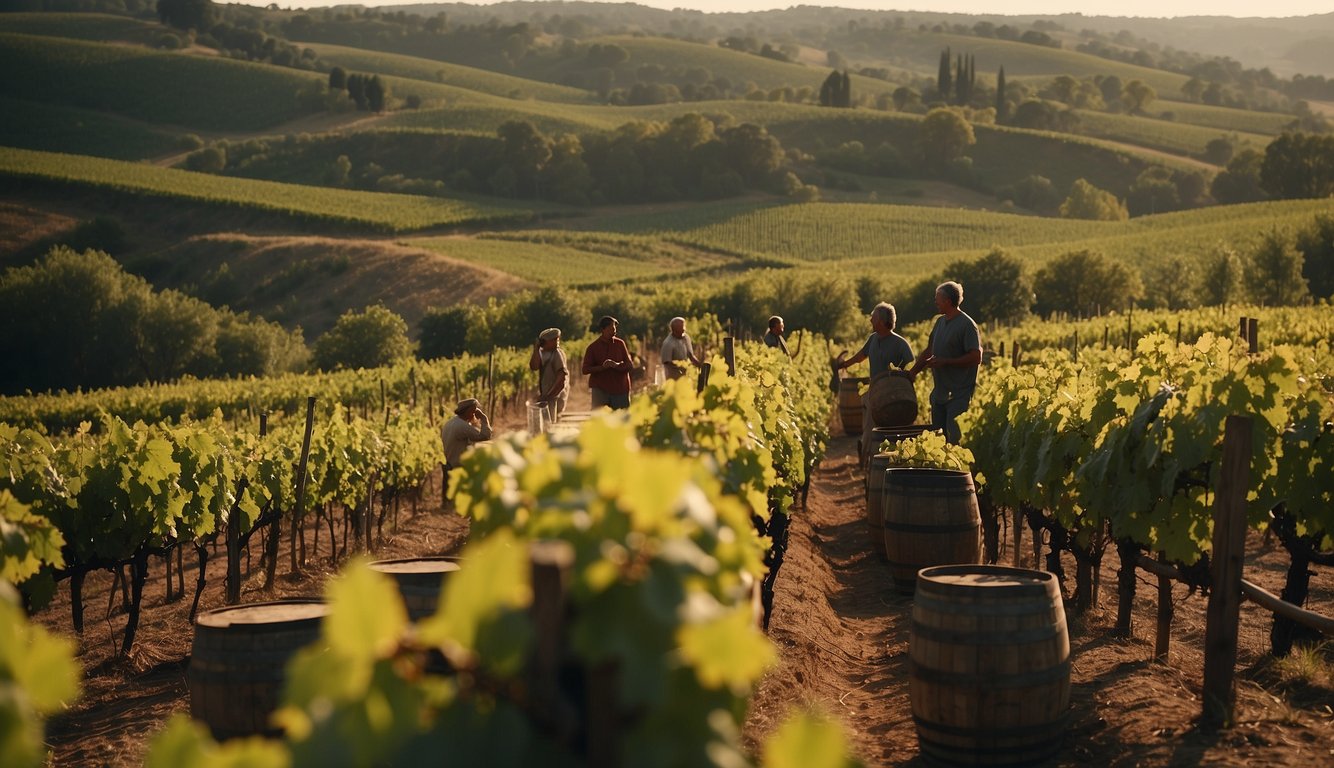
As you explore the thriving wine trade from 1000-1500 AD, you’ll find that regions specializing in viticulture gained importance. Success in the wine market depended heavily on local geography and climate, which influenced the quality and quantity of grape production. Cities and towns near trade routes prospered as wine became a significant commodity, essential not only for consumption but also for economic growth.
The fascinating interplay between agriculture and market dynamics shaped medieval Europe’s wine economy significantly. By understanding these key market dynamics and agricultural practices, you gain insight into how wine played a crucial role in the economic landscape of the Middle Ages. For a detailed look into this intriguing aspect of history, check out more in-depth resources such as the study of ancient wine laws that governed the trade.
Historical Context of Wine in Medieval Europe
Wine was deeply integrated into medieval life. Its production, consumption, and trade helped shape the economy, social structures, and daily routines.
Viticulture and Wine Production Origins
Viticulture in medieval Europe has its roots in earlier agricultural practices. The Mediterranean climate, especially in Southern Europe, was perfect for growing grapes. Early vineyards were found in areas like present-day Italy and France. These regions took advantage of the long, sunny summers and mild winters.
During the early medieval period, grape cultivation spread to other parts of Europe. Innovations in agriculture, like the three-field system, improved vineyard yields. This system allowed more consistent, year-round farming, which benefited crops like grapes.
Influence of the Roman Empire on Winemaking
The Roman Empire played a key role in spreading viniculture across Europe. Romans established vineyards wherever they conquered, ensuring the popularity of wine. Roman techniques in viticulture and winemaking laid the groundwork for medieval practices.
Romans built extensive trade networks. This trade was essential in bringing wine to markets across Europe. They used amphorae (large clay jars) for storage and transport, ensuring the wine remained in good condition.
Monasteries: Centers of Winemaking and Innovation
Monasteries became central to winemaking in the medieval period. Monks were some of the best winemakers and innovators. They had the knowledge, tools, and land needed for successful wine production.
Monks improved winemaking techniques. They developed better methods of cultivation and fermentation. Monastery-run vineyards often produced high-quality wine that was sought after by nobles and merchants alike. This association between monasteries and winemaking continues to influence modern winemaking practices.
Economic Impact of the Wine Trade
The wine trade in medieval Europe had a significant impact on the economy. It fostered the development of trade routes, influenced the rise of merchant guilds, and saw a pivotal role played by the Hanseatic League.
Trade Routes and Maritime Trade
Trade routes in medieval Europe were crucial for the distribution of wine. Cities like Venice and Genoa were central hubs in the Mediterranean. These cities facilitated the shipping of wine across long distances, allowing it to reach various markets.
Maritime trade was vital because it connected distant regions. Ships carried wine from the vineyards of France, Spain, and Italy to Northern Europe. This not only increased the availability of wine but also lowered prices due to improved logistics.
The Mediterranean sea lanes were especially busy with wine trade activities. This network boosted commerce and created economic interdependence among the regions involved. It stimulated local economies by providing jobs in shipping and related industries.
Merchant Guilds and the Emergence of Market Economy
Merchant guilds played a significant role in controlling the wine trade. These guilds were groups of traders who worked together to protect their economic interests. They negotiated prices, ensured quality, and even regulated competition.
By managing the wine trade, merchant guilds contributed to the emergence of a market economy. They facilitated the growth of commerce by setting up networks that extended across different regions. This interconnectedness allowed for more efficient trade practices.
Guilds also provided financial support for their members, helping them to invest in better trading methods. This financial backing was essential for expanding the wine market and bringing innovations in storage and transportation.
Role of the Hanseatic League
The Hanseatic League was a commercial and defensive confederation of merchant guilds and towns in Northern Europe. It played a crucial role in the wine trade. The League’s extensive network of trading cities ensured that wine from the Mediterranean reached Northern European markets.
Members of the Hanseatic League, such as Lübeck and Hamburg, became important wine trade centers. The League’s well-organized system of commerce allowed for the efficient import and export of wine, boosting local economies.
The Hanseatic League also maintained strict trade regulations, which ensured the consistency and quality of the wine traded. This helped cement the reputation of member cities as reliable trading partners. Their efforts significantly shaped the medieval market dynamics and agriculture related to wine production.
Regulations and Quality Control
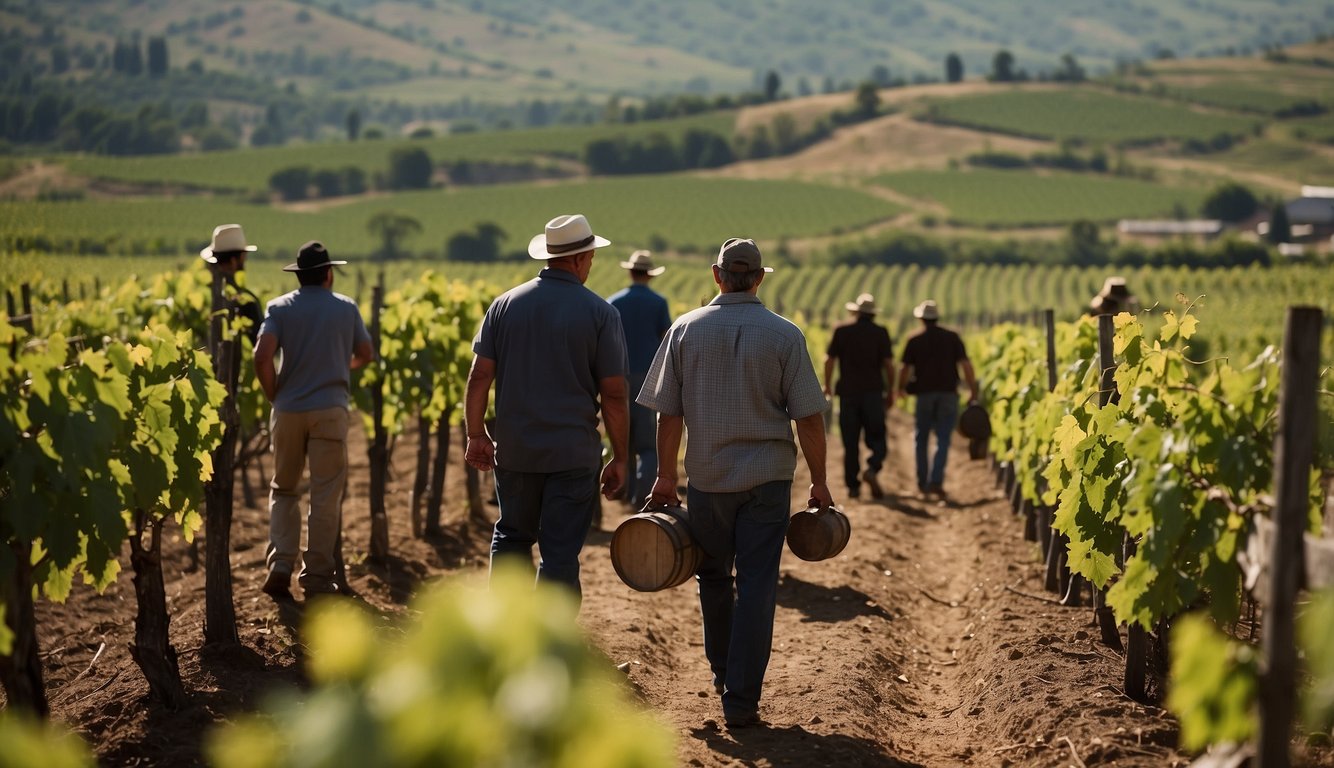
Medieval Europe had a complex system of wine regulations that shaped the market and production. With significant input from both local governments and the Church, these laws ensured the quality, sustainability, and economic viability of the wine industry.
Local and State Regulations
Local governments and states played a crucial role in regulating wine production. Many regions had strict laws to ensure high quality. These regulations controlled aspects such as the varieties of grapes that could be grown and the methods used in production.
Local legislations often required that only certain grape types be used, aiming to maintain specific wine flavors and characteristics. Additionally, these laws imposed limits on yields per hectare, aiming to prevent overproduction and maintain market balance.
The state had the power to enforce penalties for non-compliance. This kept local producers in check, ensuring that the products remained consistent. For more details on how these regulations developed, you can refer to the historical analysis of wine laws.
Church’s Influence on Wine Laws
The Church wielded significant power over wine laws, impacting both production and cultural aspects. The Church often dictated guidelines that producers had to follow, including quality standards and production methods.
Monasteries were major wine producers and thus had a vested interest in maintaining the quality and reputation of their wines. The Church’s influence extended to ensuring that wine was accessible for sacramental purposes and not solely commercial gain.
The Church also played a role in setting limits on consumption and enforcing proper etiquette in wine drinking. This affected societal norms and practices surrounding wine. Further insights can be found in the role of the Church.
Standards for Wine Quality and Sustainability
Quality control was a cornerstone of medieval wine regulations. Strict guidelines were enforced to ensure that the wine met specific standards, including taste, aroma, and clarity. Producers often had to pass inspections before being allowed to sell their wine.
Sustainability was also a key concern. Medieval regulations promoted practices that ensured the long-term health of vineyards. These included limits on the use of certain chemicals and encouraging practices that would keep the soil fertile.
The regulations also promoted local economies by ensuring that small-scale producers could compete effectively. For more about these practices, you can explore the sustainability in wine production.
Socio-economic Aspects of the Wine Industry
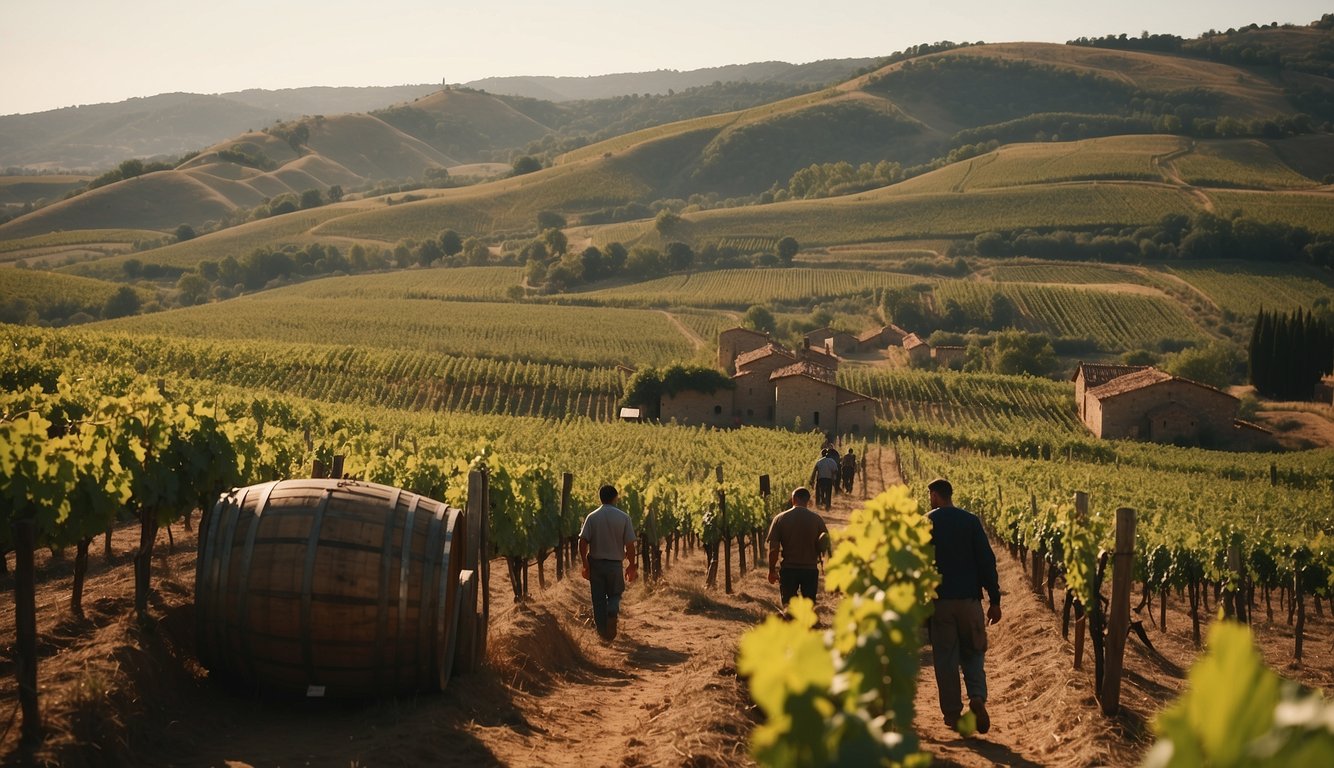
Wine played a crucial role in the medieval economy, influencing social structures, rural life, and social status. Understanding the socio-economic implications helps paint a detailed picture of its impact on different facets of medieval society.
Demand for Wine Among Different Social Classes
Wine was widely consumed across various social classes in medieval Europe. Nobles and the wealthy elite often had continuous access to high-quality wines. They would collect and store rare varieties, showcasing their wealth and prestige.
For middle classes like merchants and craftsmen, wine was a regular part of festivals and trade. They could afford decent wine, though not the finest.
Peasants and laborers also consumed wine but were limited to lower-quality, locally produced varieties. Wine drinking was common even among the lower classes due to the poor quality of water, making wine a safer alternative.
Vineyards, Peasants, and Rural Economy
Vineyards were pivotal to the rural economy. Owning a vineyard signified wealth and social status. Landowners employed many peasants and laborers to work the fields. These peasants played a critical role in maintaining and harvesting the vines.
Working in vineyards offered peasants a stable livelihood compared to other agricultural jobs. The seasonality of vineyard work sustained rural communities by generating income and stabilizing local economies.
The surplus of wine was often sold in markets, stimulating the local economy. Profits from wine sales enabled landowners to reinvest in their vineyards, further enhancing rural development.
Wine as a Luxury Good and Social Status Symbol
Wine was more than just a beverage; it was a luxury good symbolizing social status. High-quality wines were often reserved for royalty and the nobility. Serving exquisite wines at feasts demonstrated wealth and power.
Special types of wine, sometimes imported from far regions, were highly sought after. Owning, gifting, and consuming these wines elevated one’s social standing. Collecting rare vintages and employing experts to produce fashionable wines also helped bolster an individual’s reputation.
In conclusion, medieval wine was integral to demonstrating prestige, particularly among the upper-class social structures. It wasn’t just a drink; it was a marker of distinction and an emblem of one’s place in the society.
Financial Innovations and Economic Networks
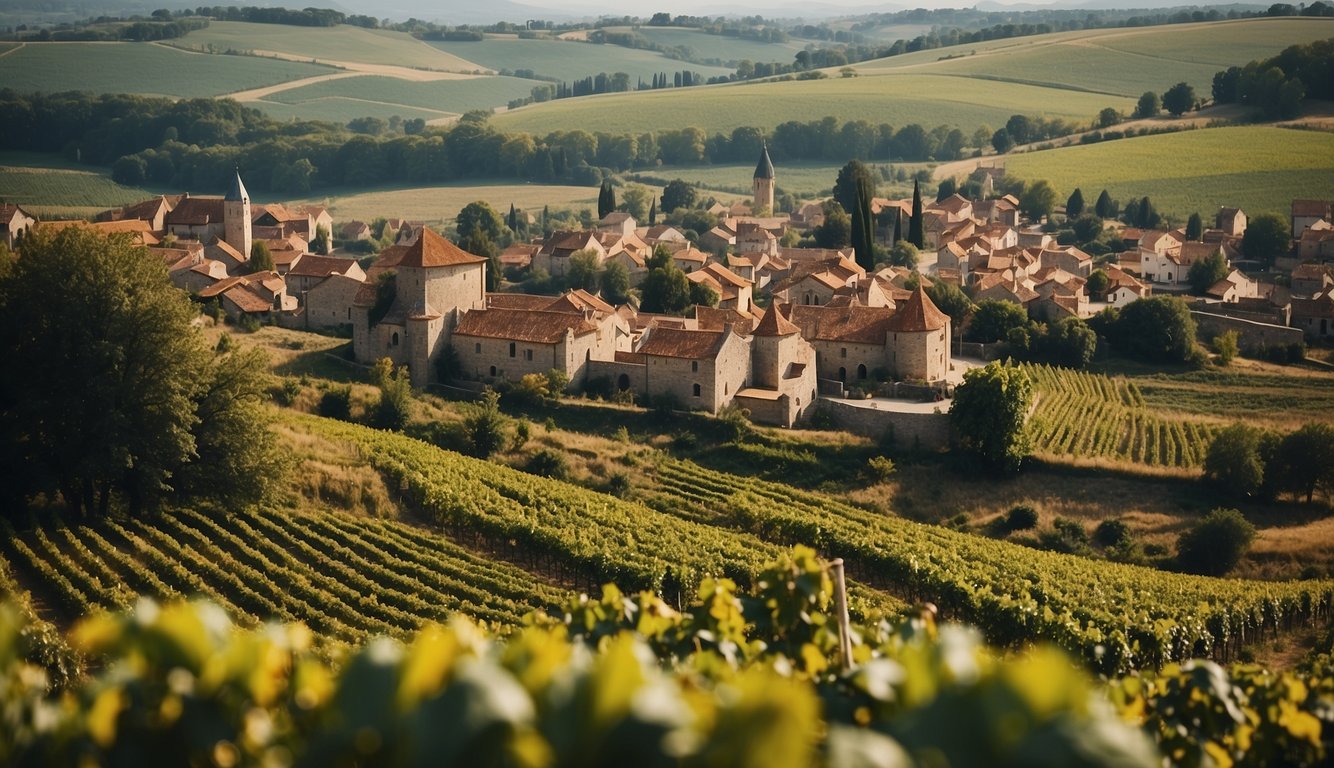
In medieval Europe, the rise of trade and commerce brought about significant financial innovations. These changes reshaped economic networks and introduced new financial instruments that facilitated long-distance trade.
Banking, Credit, and the Emergence of Trade Financing
The growth of banking in northern Italy played a pivotal role in the medieval economy. Merchants needed a way to handle large sums of money safely and efficiently. Banks provided this service by offering secure deposits and credit facilities.
Credit became a vital tool for merchants. It allowed them to purchase goods and services without needing immediate payment. This trade financing enabled more extensive commercial ventures and spurred economic growth.
As a result, banking houses began to establish branches in major trading cities. These branches created a network that supported commercial practices across Europe. Over time, this network became essential for facilitating trade.
Letters of Credit and Bills of Exchange
Letters of credit emerged as another critical innovation. These documents guaranteed that a seller would receive payment from a buyer’s bank, reducing the risk of non-payment. This was especially important for long-distance trade where merchants often dealt with unfamiliar partners.
Bills of exchange allowed merchants to settle debts without involving physical cash. Instead, they could transfer the right to payment from one party to another. This system simplified transactions and increased trust among traders.
Northern Italy was again at the forefront, developing these financial instruments. These innovations spread throughout Europe, enhancing economic networks and making trade safer and more efficient.
